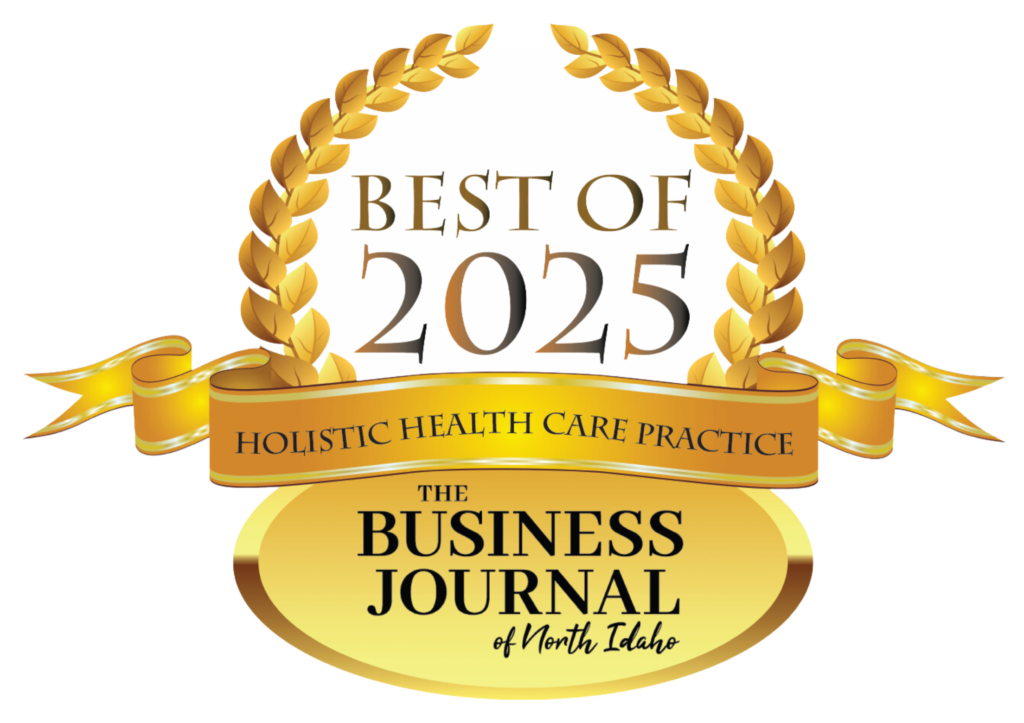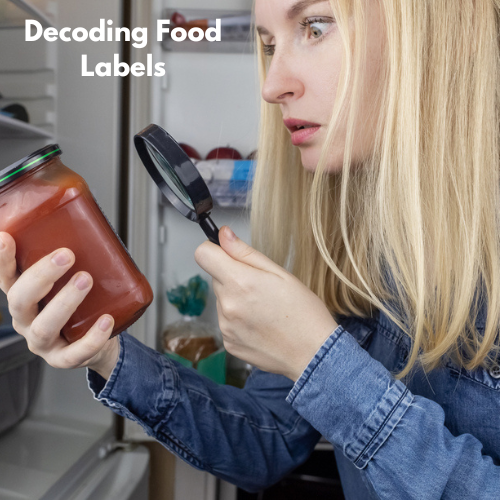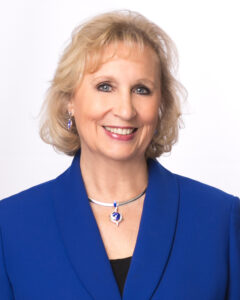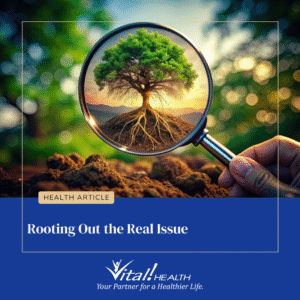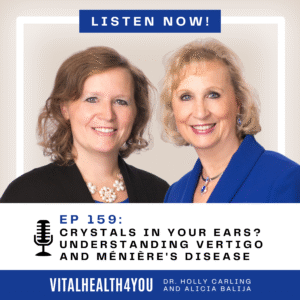Part I
While I am an advocate of and prefer a whole food diet, invariably processed foods enter the scene more often than I would like. This is true for millions of people worldwide. How do we navigate the myriad choices we have and try to stay on the healthy side of things? Because the population as a whole seems to be drawn towards eating healthier, and demanding a better quality of food presented to us, manufacturers and therefore marketers, are making labels harder and harder to decipher. Many intentionally trick the public into believing what they are eating is healthy. Just as we can make an evil person appear like they are an angel, and an angel appear evil, the same is being done with our foods with the caveat emptor (“let the buyer beware”) lurking behind the label.
So how can we keep from being fooled by misleading claims? I could write a book on this topic alone, so I will try to keep it short. First, the word “natural” means nothing. I just cleaned my kitty litter box. I use “natural” litter. It doesn’t mean I’d like to lick my fingers afterwards! Even cyanide and arsenic are not only natural, but organic, and can still kill you!
“Organic” foods are the best, right? Yes, they are preferred, but “organic sugar” is still sugar. Beware of that. The USDA allows 3 differentiations: “100% Organic”, which is exactly what should be in the product; “USDA Organic” –means 95% of the product must be organic; and “Made with Organic” – 70% of the product must be organic. Labels that say “Made with Organic Ingredients” or “ingredient” means only a few or even one ingredient is organic.
Beware of sugar. I compiled a list one time of all the names of sugar that you could find on a label – it was 20 years ago, plus, there are many more since then. I couldn’t find it, but I believe it was 127 different names! In reading ingredient labels, you need to understand that the ingredients are listed in the order of the most amount of ingredient to the least. If the first 3 are a sugar, water or grain, move on to something else. But know that many manufacturers use multiple sugars so it doesn’t appear at the top of the label. The words “light”, “low calorie”, “low carb” or “low sugar” often mean sugar has been replaced by something worse, like an artificial sugar, chemical flavoring, or trans-fats.
One day a man was robbed of $100.00. The thief ran away, but then stopped and gave the man back $6.00 of the $100 he took from him, and it was Monopoly money! That is what “Fortified” or “Enriched” means. They processed out all the good nutrients and “enriched” back a little bit (with a few synthetic vitamins) so it could be called a food. You’ve still been robbed!
I was just beginning to have fun, but ran out of my word count. Stay tuned for part II!
Part II
In part I of Decoding Food Labels, I discussed reading label claims of “natural”, organic”, sugar, low calorie, and “enriched” foods. We had so much fun! Now in Part II, I will talk about other label tricks to beware of.
Serving size is something often ignored. Many manufacturers and marketers use smaller serving sizes to distract from the fact that most people ignore it and it looks like there is less of certain things like sugar in it. For instance, it may say a serving size of a 12 ounce can of soda is 6 ounces. People normally don’t drink just ½ the can, but when they compare labels, they’ll choose that one because they think there is less sugar. Also, less sugar often means they’ve used a synthetic sugar which is a whole problem of itself. Or they might take a small lunch-box size of chips and say a serving size is ½ a bag, or in cookies ¼ of a cookie!
One of my pet peeves is fats and especially trans fats. In the U.S. the FDA allows products to be labeled “0 grams trans-fat”, “no trans-fats” or “trans-fat free” if the product contains less than .5 grams of trans-fat per serving. This again, is where you have to really watch serving sizes. These artificial trans-fats, aka partially hydrogenated fats, can be damaging to your health. They increase bad cholesterol, promote inflammation, increase insulin resistance, and can contribute to brain diseases, infertility and certain cancers. Avoid them!
“Gluten Free” means the food doesn’t contain gluten products, but many foods are on the line. Oats for instance is on some people’s gluten free list, and others not. “Certified Gluten Free” has a more stringent requirement and is the best if you have Celiac disease or a more serious gluten intolerance, rather than merely choosing to go Gluten Free. Also, beware that just because something is “Gluten Free”, doesn’t mean it is healthy. They often contain lots of sugars and bad fats to counteract the dry, tasteless reputation that gluten-free once had.
Fats to me are a big deal. Because they are in “everything”, we have to be doubly careful. Remember, that food labeling is only what is in that product, and does not factor in accumulation of other fats or chemicals or anything else combined in a meal, or over time. Stick with good clean fats such as an animal fat, olive or coconut oils.
Accumulation isn’t accounted for when the FDA determines safety in foods. It would be difficult to factor that in, so it is the responsibility of the consumer to figure it out. Really??!! The best you can do is to keep a good variety in your diet. The fastest way to fall prey to accumulation issues and food sensitivities is to eat the same things over and over again. Learn to bring more variety in your diet, and lean towards whole foods. They are simpler, and don’t have the same labeling cautions that processed foods have.
In closing, stick with fresh produce and meats and avoid packaged, processed foods to avoid the tricks played in the labels!
©2024 Holly A. Carling, O.M.D., L.Ac., Ph.D.

